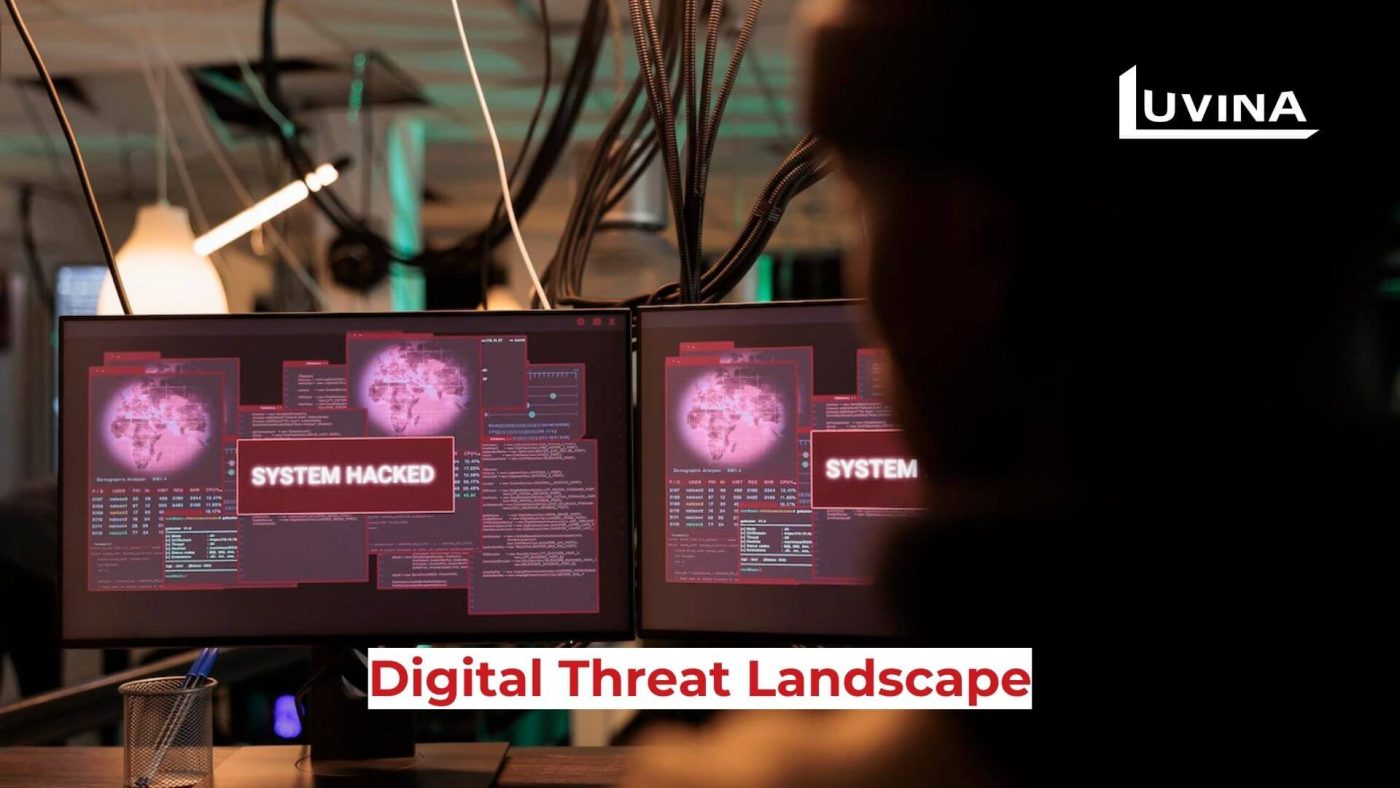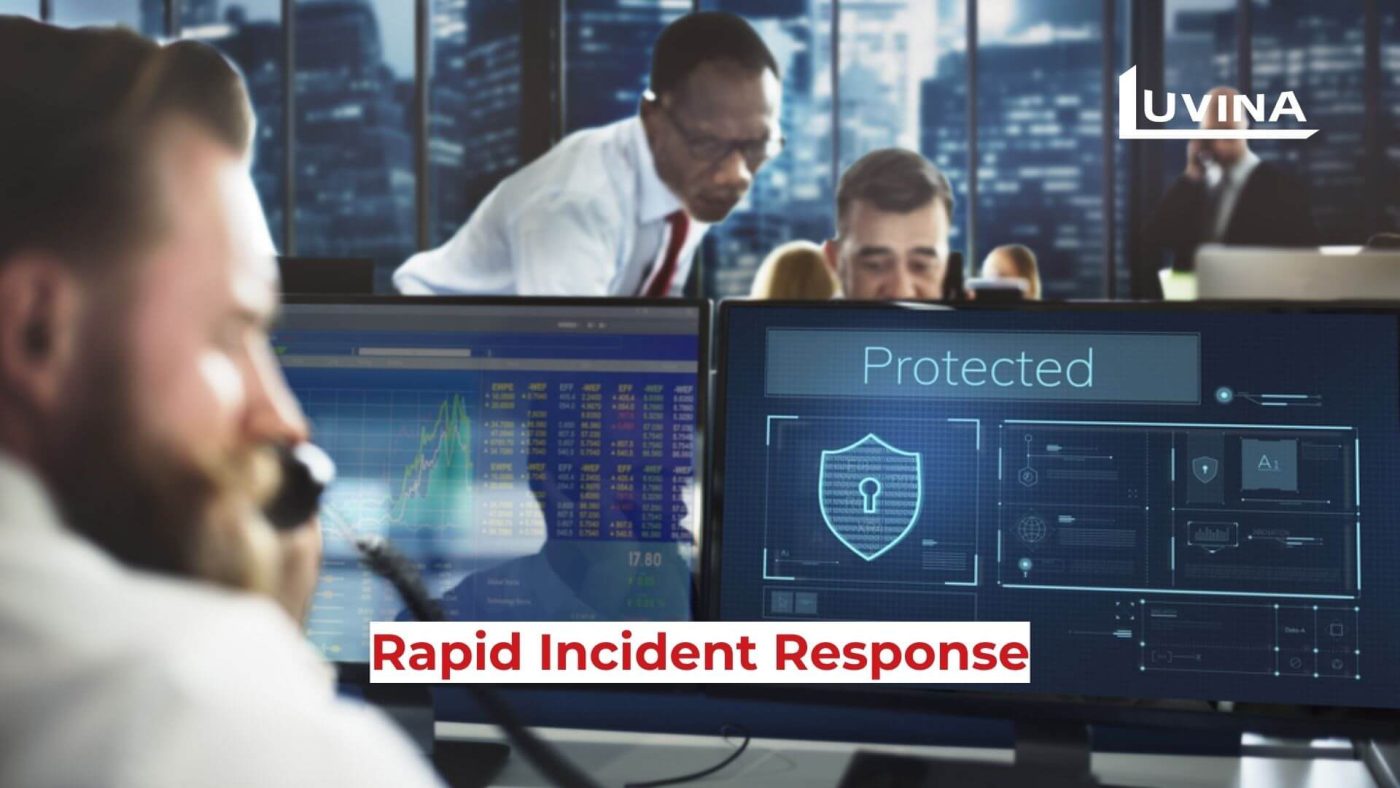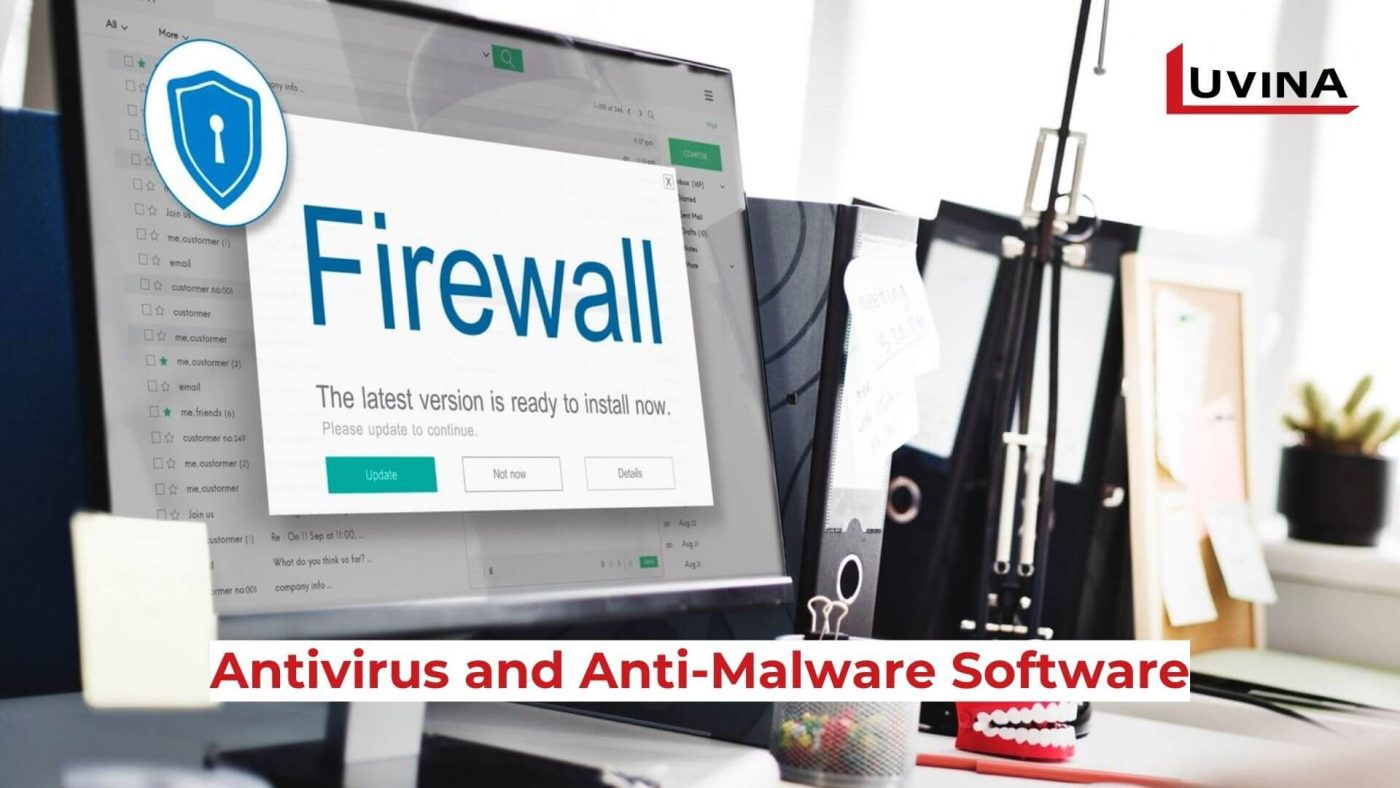In today’s digital ecosystem, managed IT security services emerge as a pivotal cornerstone in safeguarding businesses against the ever-evolving landscape of cyber threats. These services encompass a comprehensive suite of outsourced solutions designed to proactively monitor, manage, and fortify an organization’s digital infrastructure against potential security breaches and vulnerabilities. As a proactive defense mechanism, managed IT security services utilize cutting-edge technologies, specialized expertise, and vigilant monitoring protocols to shield businesses from an array of cyber threats, ensuring data integrity, operational continuity, and compliance adherence. This proactive approach to cybersecurity has become indispensable, given the constant evolution and sophistication of cyber threats, making managed IT security services a critical element in fortifying modern digital operations.

Understanding the Threat Landscape
In today’s interconnected digital landscape, cybersecurity threats loom as persistent challenges, posing significant risks to organizations worldwide. Cyber threats encompass an extensive array of sophisticated tactics, including malware, phishing attacks, ransomware, data breaches, and DDoS attacks, among others. These threats relentlessly target vulnerabilities in digital infrastructure, aiming to compromise sensitive data, disrupt operations, and tarnish organizational reputations. Case studies and statistics underscore the gravity of these risks: for instance, recent reports highlight the exponential surge in cyber attacks, with data breaches and ransomware incidents steadily rising across industries. These alarming trends emphasize the urgent need for robust security measures and proactive defense strategies to mitigate the potential impact of such threats on businesses of all sizes and sectors.
Exploring Managed IT Security Services
Definition and Scope of Managed IT Security Services:
Managed IT security services encompass a suite of outsourced solutions dedicated to safeguarding an organization’s digital infrastructure against cyber threats. This encompasses proactive monitoring, threat detection, incident response, and ongoing security management. These services are tailored to fit an organization’s specific needs and operate as an extension of their internal security teams, providing 24/7 oversight, threat intelligence, and rapid response capabilities.
Types of Services Offered:
1. Continuous Monitoring: Real-time surveillance of networks, endpoints, and systems to detect anomalies or suspicious activities.
2. Threat Detection: Utilizing advanced technologies like AI and machine learning to identify potential threats and vulnerabilities.
3. Incident Response: Implementing predefined protocols and response plans to mitigate and contain security breaches swiftly.
4. Vulnerability Assessments and Patch Management: Regular assessments to identify weaknesses in systems and applications, followed by patching to remedy these vulnerabilities.
5. Security Compliance Adherence: Ensuring compliance with industry standards and regulations through audits and ongoing assessments.
6. Security Awareness Training: Educating employees to recognize and respond to potential security threats, reducing the risk of human error.
These services collectively form a comprehensive suite aimed at fortifying an organization’s defenses, providing proactive measures to prevent, detect, and respond to cyber threats effectively.
Benefits of Managed IT Security Services
Managed IT security services offer a multitude of benefits, crucial in fortifying an organization’s cybersecurity posture and ensuring resilience against evolving cyber threats:

1. Proactive Protection
Continuous monitoring and threat detection enable the identification of potential risks in real-time, allowing for proactive measures to thwart attacks before they cause significant harm.
2. 24/7 Vigilance
Round-the-clock monitoring and response capabilities ensure constant oversight, reducing the window of opportunity for cyber threats to exploit vulnerabilities.
3. Expertise and Specialization
Access to skilled professionals and specialized tools that may not be readily available in-house, providing in-depth knowledge and effective management of security concerns.
4. Rapid Incident Response
Swift detection and response protocols minimize the impact of security incidents, reducing downtime and potential losses associated with breaches.

5. Cost-Effectiveness
Outsourcing security services often proves more cost-effective than maintaining an in-house security team, especially for smaller or mid-sized organizations.
>> Also read: Enhancing IT Security Solutions for Small Businesses
6. Compliance Adherence
Ensuring alignment with regulatory requirements and industry standards, mitigating risks associated with non-compliance and potential fines.
7. Resource Optimization
Allows internal teams to focus on core business functions rather than dedicating extensive resources to managing security issues.
8. Scalability
Scalable solutions that can adapt to the evolving needs of an organization, accommodating growth and changes in the threat landscape.
These benefits collectively strengthen an organization’s cybersecurity posture, mitigating risks and enabling a proactive approach to combat an array of cyber threats.
Key Components of a Managed IT Security Service
The key components of Managed IT Security Services encompass a comprehensive suite of tools and practices aimed at fortifying an organization’s digital defenses against cyber threats. These components include:
1. Firewalls
Acting as the first line of defense, firewalls monitor and control incoming and outgoing network traffic based on predetermined security rules, preventing unauthorized access and potential threats.
2. Antivirus and Anti-Malware Software
Detects, blocks, and removes malicious software, viruses, and malware that could compromise systems and data integrity.

3. Intrusion Detection and Prevention Systems (IDPS): Continuously monitor network traffic, identifying and responding to suspicious activity that may indicate a security threat or breach attempt.
4. Encryption Tools
Secure sensitive data by encrypting it, ensuring that even if intercepted, the data remains unreadable without proper decryption keys.
5. Vulnerability Assessment Tools
Scan systems and applications for weaknesses or vulnerabilities that could be exploited by cyber attackers.
6. Security Information and Event Management (SIEM): Aggregates and analyzes log data from various sources, providing a centralized view of an organization’s security posture to detect and respond to security incidents.
Regular updates and maintenance of these components are crucial. They ensure:
– Patch Management: Regularly applying updates and patches to address vulnerabilities and weaknesses identified in software or systems, preventing exploitation by cyber threats.
– Signature Updates: Keeping antivirus and intrusion detection systems up-to-date with the latest threat signatures ensures they can effectively identify and mitigate new forms of malware or attacks.
Regular updates and maintenance are vital in ensuring the effectiveness of security components, mitigating potential risks, and maintaining a robust security posture against emerging cyber threats.
>> Also read: Enhancing IT Security Operations
Implementing Managed IT Security Services: Best Practices
Implementing managed IT security services involves a series of best practices crucial for successful integration and operation within an organization:
1. Selecting the Right Service Provider
Conduct thorough research and due diligence when choosing a service provider. Look for providers with a proven track record, expertise in your industry, and a comprehensive range of services that align with your organization’s security needs. Consider factors like experience, certifications, service-level agreements (SLAs), and their ability to scale with your business.
2. Integrating Managed Security Services into Existing IT Infrastructure
Collaborate closely with the service provider to seamlessly integrate their services into your current IT environment. Ensure compatibility and interoperability with your existing systems, applications, and network infrastructure. Define clear roles and responsibilities between your internal IT team and the service provider to establish a cohesive partnership.
3. Establishing Clear Communication and Protocols
Establish robust communication channels and protocols between your organization and the service provider. Clearly define expectations, reporting mechanisms, incident response procedures, and escalation paths. This ensures a swift and coordinated response to security incidents and facilitates seamless collaboration in addressing potential threats.
By following these best practices, organizations can effectively implement Managed IT Security Services, fostering a strong partnership with service providers and ensuring the alignment of security measures with their business objectives.
>> See more: A Comprehensive Guide to IT Security Risk Management
Conclusion
In conclusion, managed IT security services stand as a pivotal defense mechanism in today’s digital landscape, safeguarding organizations against evolving cyber threats. Their significance lies in offering proactive protection, expertise, and round-the-clock vigilance, ensuring a resilient security posture. Businesses must prioritize robust security measures to protect their assets, data, and reputation from potential breaches. Embracing managed security services not only fortifies defenses but also allows businesses to focus on core operations with peace of mind. It’s time to prioritize cybersecurity and take proactive steps toward securing your digital infrastructure. Stay vigilant, invest in robust security, and partner with trusted service providers to shield your organization from the ever-growing threat landscape.









Read More From Us?
Sign up for our newsletter
Read More From Us?
Sign up for our newsletter